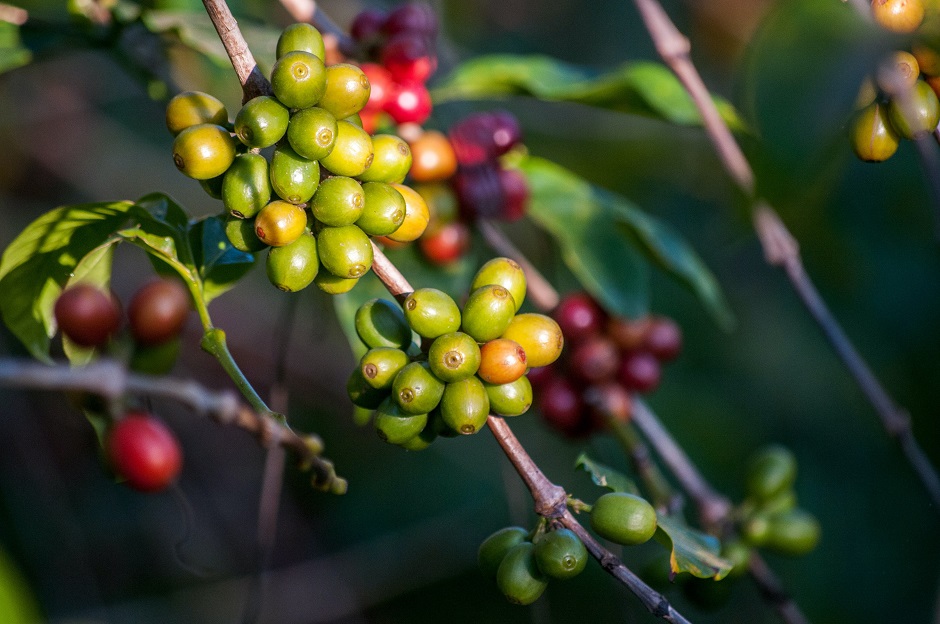As more people seek the pleasure of a smooth and refreshing coffee experience, finding excellent coffee has become easier than ever. However, with a vast selection of options available, it can be challenging to distinguish between single-origin and coffee blends. This article aims to explain the difference between the two to help you choose the best coffee for yourself and your colleagues at work.

Single Origin
Single-Origin Coffee refers to coffee beans that come from a specific producer, crop, region, or country. These coffees tend to have a more distinctive flavour that varies depending on the growing and processing conditions, such as botanical variety, soil, climate, altitude, and shade. Single-origin coffee is highly valued by coffee enthusiasts for its purity, high quality, and the story it tells about its provenance. Coffee purists may also recommend drinking single-origin coffee black, without any added ingredients, to appreciate its unique and uninterrupted taste.
However, single-origin coffees are not as readily available as blends, and some origins may only be available at certain times of the year due to geographic limitations, resulting in an intermittent supply of your favourite bean. Single-origin coffee is typically more expensive than blends, and prices can fluctuate considerably depending on the crop. Therefore, if you seek a consistent coffee experience throughout the year for your office, single-origin coffee may not be the best choice.
Coffee Blends
Coffee Blends involve a combination of coffee beans sourced from different places worldwide, processed together to create a unique expression of flavours, acidity, and body. When done correctly, it results in a balanced and consistent brew. Unlike single-origin coffees, blends are not overpowering and serve well as the base for espresso-based drinks such as lattes and cappuccinos. Blends that combine Robusta and Arabica can produce a rich and complex taste, with Robusta giving body, and Arabica providing delicate notes.
Most blends consist of two or three beans, although some may include seven or eight, depending on the flavours that work well together and the intended application. Blends also benefit from greater price stability, unlike single-origin coffees which can be affected by small fluctuations in variables such as geographic conditions and crop success.
Which is Best?
Ultimately, there is no right or wrong answer to the question of which coffee is better, as it comes down to personal taste.



